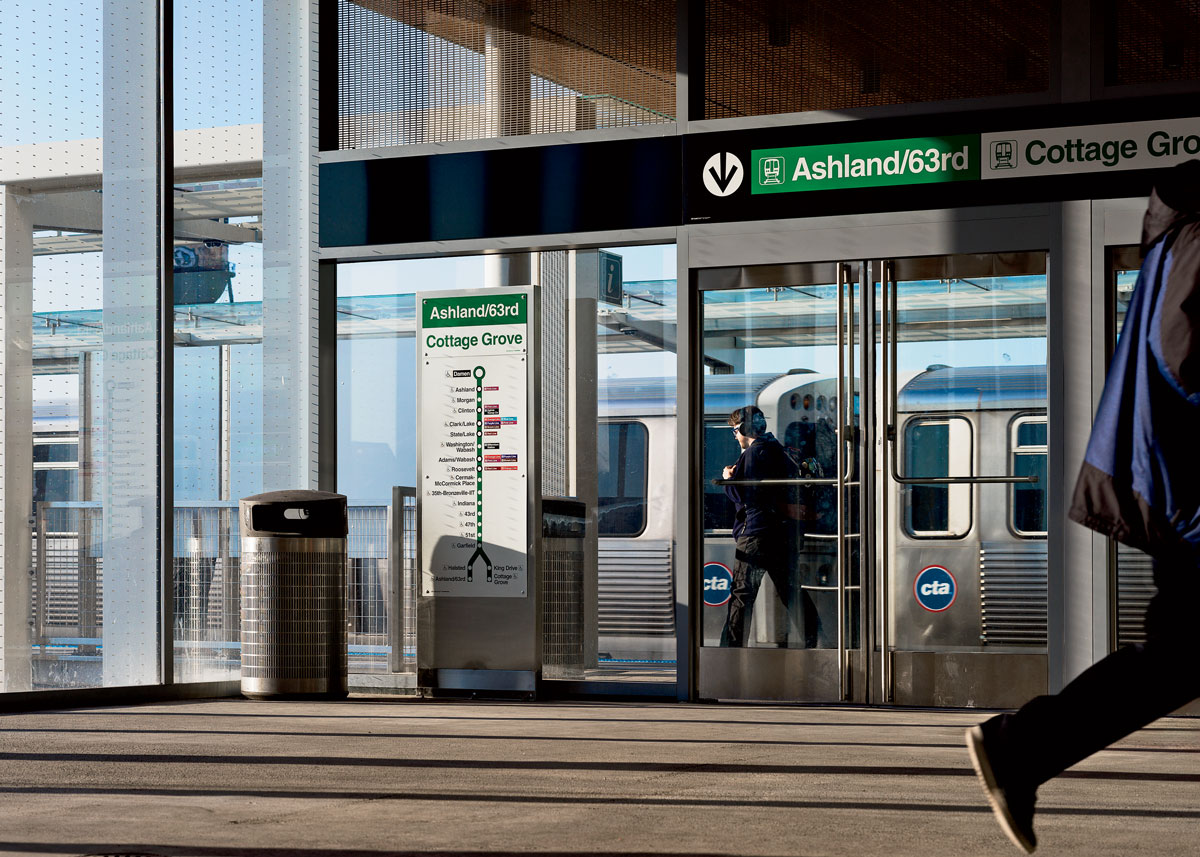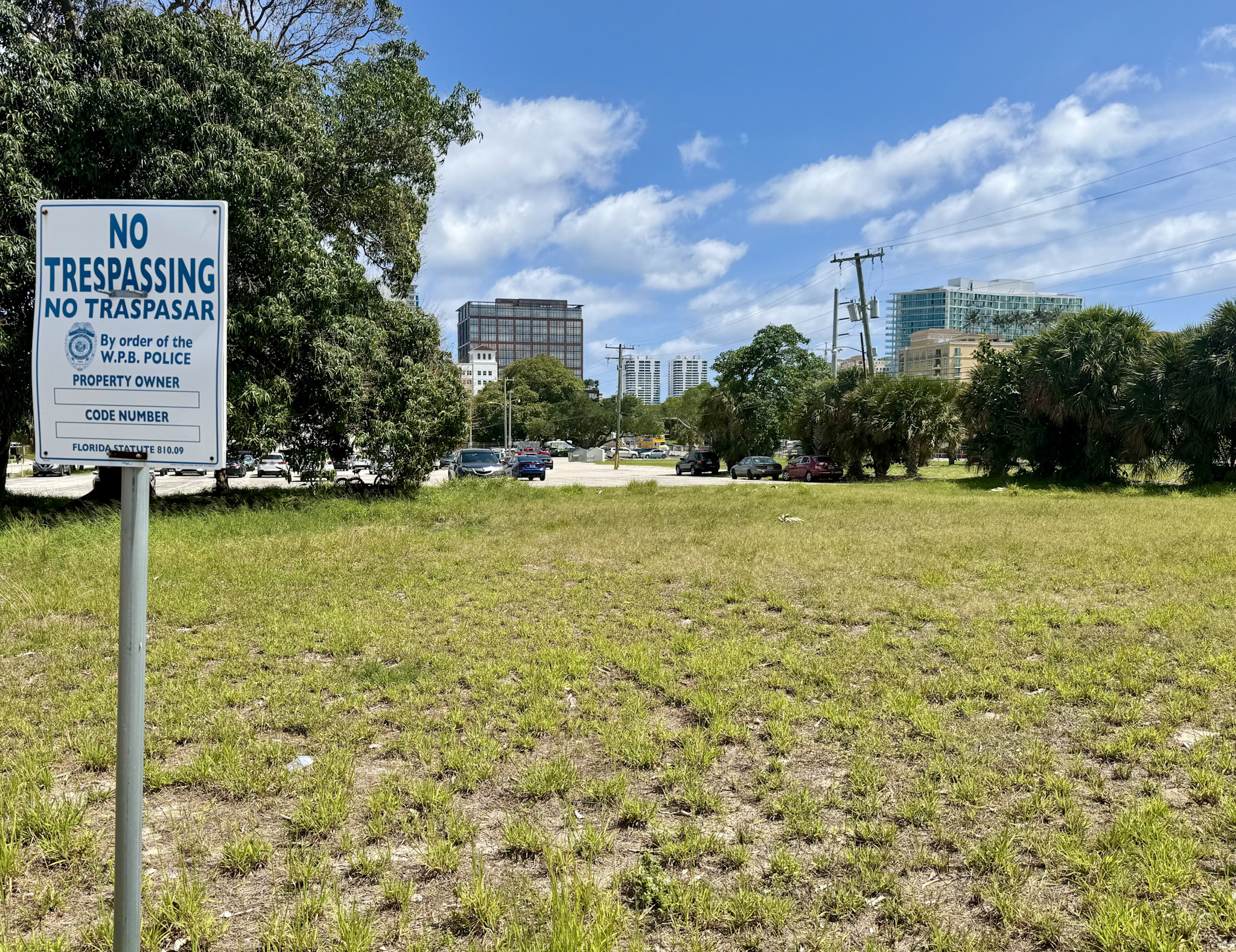Analysis of Urban Transportation Modalities in Chicago and Alignment with Sustainable Development Goals
Introduction: Urban Mobility and Sustainable Development
Recent infrastructure developments in Chicago, Illinois, have prompted a re-evaluation of urban transportation efficiency and safety. An empirical comparison of a private automobile, a bicycle, and the Chicago Transit Authority (CTA) provides a practical case study for this analysis. The findings and underlying policy shifts directly correlate with several United Nations Sustainable Development Goals (SDGs), particularly those focused on creating healthy, sustainable, and resilient urban environments.
Infrastructure Developments for Enhanced Urban Safety and Sustainability
The City of Chicago has implemented numerous road construction projects designed to enhance safety by moderating vehicular speed. These initiatives are central to achieving SDG 3 (Good Health and Well-being), specifically Target 3.6, which aims to halve deaths and injuries from road traffic accidents. They also directly support SDG 11 (Sustainable Cities and Communities) by creating safer and more accessible transport systems for all road users.
- Installation of protected bike lanes.
- Creation of pedestrian refuge islands.
- Construction of curb bump-outs to shorten pedestrian crossing distances.
- Implementation of miniature traffic circles in residential areas.
These measures collectively contribute to building a transportation network that prioritizes human safety and encourages alternative modes of transit, a core tenet of SDG 11.2, which advocates for safe, affordable, and sustainable transport systems.
Comparative Analysis of Transportation Modes
A practical test was conducted, racing three distinct modes of transport from the Garfield Park Conservatory to Navy Pier. This comparison highlights the trade-offs between speed, convenience, and sustainability.
- Private Automobile: While often favored for perceived convenience, its use is linked to increased traffic congestion, air pollution, and carbon emissions, which run counter to the objectives of SDG 11 and SDG 13 (Climate Action).
- Bicycle: As a form of active, zero-emission transport, cycling directly supports SDG 3 by promoting physical health and SDG 13 by mitigating climate change. The expansion of protected lanes makes this a safer and more viable option.
- Public Transportation (CTA): Mass transit is a cornerstone of sustainable urban development. Expanding and prioritizing public transport is essential for achieving SDG 11.2, which seeks to provide accessible and sustainable transport for all, reducing urban congestion and environmental impact.
Expert Analysis and Policy Implications for Achieving the SDGs
According to Daniel Knowles, author of “Carmageddon: How Cars Make Life Worse and What to Do About It,” behavioral change in transportation is driven by incentives, not exhortation. Knowles states, “People will always drive if it’s the most convenient or the quickest way… you have to kind of change the incentives.” This perspective underscores that achieving the SDGs requires deliberate policy and infrastructure changes that make sustainable options the most logical and efficient choice. To advance SDG 11 and SDG 13, municipal strategies must focus on altering the urban environment to structurally favor public and active transport over private vehicles.
Conclusion: Re-evaluating Urban Mobility for a Sustainable Future
The Chicago case study demonstrates that the fastest mode of transport is not necessarily the best when evaluated through the lens of the Sustainable Development Goals. A holistic approach that balances speed with safety, health, and environmental impact is required.
- Infrastructure modifications that slow cars are critical for improving road safety and meeting the targets of SDG 3 and SDG 11.
- Promoting cycling and public transit provides significant co-benefits for public health (SDG 3) and climate action (SDG 13).
- Effective progress towards sustainable urban mobility hinges on creating policy and incentive structures that make sustainable transport the most convenient option, thereby operationalizing the vision of SDG 11.
Sustainable Development Goals (SDGs) Addressed
-
SDG 11: Sustainable Cities and Communities
The article focuses on urban transportation in Chicago, discussing infrastructure projects like protected bike lanes, pedestrian islands, and traffic circles. It explores the balance between different modes of transport (car, bike, public transit) to create safer and more sustainable urban environments. This directly relates to making cities and human settlements inclusive, safe, resilient, and sustainable.
-
SDG 3: Good Health and Well-being
A central theme of the article is improving road safety. It explicitly states that the new infrastructure projects are “in service to make the roads safer by slowing cars down.” This connects directly to public health and well-being by aiming to reduce traffic-related injuries and fatalities.
Specific Targets Identified
SDG 11: Sustainable Cities and Communities
-
Target 11.2: By 2030, provide access to safe, affordable, accessible and sustainable transport systems for all, improving road safety, notably by expanding public transport, with special attention to the needs of those in vulnerable situations, women, children, persons with disabilities and older persons.
The article directly addresses this target by examining “cycling and public transportation” as “viable alternatives” to cars. The discussion about making streets “safer” through “protected bike lanes” and “pedestrian refuge islands” aligns with the goal of improving road safety and providing sustainable transport options.
SDG 3: Good Health and Well-being
-
Target 3.6: By 2020, halve the number of global deaths and injuries from road traffic accidents.
Although the 2020 deadline has passed, the principle remains relevant. The article’s emphasis on infrastructure changes designed “to make the roads safer by slowing cars down” is a direct strategy aimed at reducing road traffic accidents and the resulting injuries, which is the core of this target.
Indicators for Measuring Progress
- Proportion of the population with convenient access to public transport (Indicator 11.2.1): The article implies this indicator by discussing the Chicago Transit Authority as a key mode of transportation and testing its viability and convenience in a race against a car and a bike. The author Daniel Knowles notes that people will drive if it’s the “most convenient or the quickest way,” highlighting convenience as a key metric for public transit success.
- Death rate due to road traffic injuries (Indicator 3.6.1): This indicator is implicitly referenced through the article’s focus on safety. The stated purpose of the road construction projects is to make roads “safer.” The effectiveness of these measures would be measured by a reduction in traffic injuries and deaths.
- Infrastructure Implementation as a Proxy Indicator: The article mentions the specific installation of “protected bike lanes, pedestrian refuge islands and curb bump-outs” and “miniature traffic circles.” The quantity, length, and coverage of such infrastructure can be used as a tangible, measurable indicator of progress towards creating safer and more sustainable transport systems.
Summary Table: SDGs, Targets, and Indicators
| SDGs | Targets | Indicators (Mentioned or Implied) |
|---|---|---|
| SDG 11: Sustainable Cities and Communities | 11.2: Provide access to safe, affordable, accessible and sustainable transport systems for all, improving road safety. |
|
| SDG 3: Good Health and Well-being | 3.6: Halve the number of global deaths and injuries from road traffic accidents. |
|
Source: wbez.org







